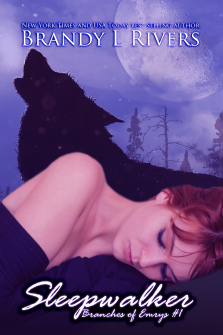“The spectacle is capital to such a degree of accumulation that it becomes an image.”
Guy Debord, ‘The Society of the Spectacle’ (Debord, 2010: 34)
In ‘The Rhetoric of the Image’, Roland Barthes attempted to apply semiotic analysis to a photograph, something that is fraught with difficulty due to the ambiguous and polysemous nature of the medium. To combat this, Barthes chose an advertisement as a case study because, “in advertising the signification of the image is undoubtedly intentional.” (Barthes 1977:33) He was able to apply detailed analysis because the advert chosen was available in print; it could be studied and considered. In reality, we do not apply the same level of detailed analysis as Barthes, in our modern society we experience advertising imagery as fleeting moments and without detailed consideration. Guy Debord understood that the tenants of capitalist ideology were present in advertising represented as the spectacle. In the half century since both he and Barthes presented their thoughts, the emphasis in advertising has moved away from the tangible towards the promotion of brands – denotation has given way to connotation with the suggestion that our purchasing choices are umbilically tied to our lifestyle and happiness. The effect of advertising is subtle, accumulative and pervasive.
As I wondered about the effect advertising has on me, how effective they are and how much I am influenced by them I began to notice advertising posters within bus stops – I never travel by bus so I experience these driving past in my car, I lost count of the number I encountered on my daily commute. While it seemed obvious that the target audience for these adverts were those using the bus stops, it began to occur to me that a much larger group of people, like myself, experience these as they drive past, the bold graphics subliminally working on the edge of our perception. With these group of photographs, I am exploring this experience of viewing – I have attempted to frustrate the viewer’s ability to study the images at length by presenting pictures out of focus, a strategy that emulates the way these advertisements are fleetingly encountered. The brand identities are easily recognisable and by photographing at night the saturation of the images produce a garish, jarring aesthetic which subverts the intention of the corporations that desire to influence and interpellate us. In a further attempt to subvert the intended message, I caption each image with a headline from an article I found online using an internet search of the brands featured. The image and text form an opposition in black and white terms, neither of which represents the whole truth.
Bibliography:
Barthes R. The Rhetoric of the image in pps. 32-51:
Barthes, R. (1977) Image, Music, Text, London: Fontana Press.
Debord, G. (2010) The Society of the Spectacle. Eastbourne: Soul Bay Press
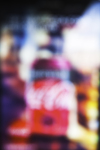

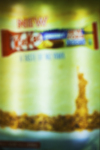
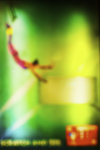
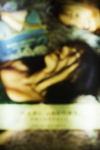


Advertisements Share this:




